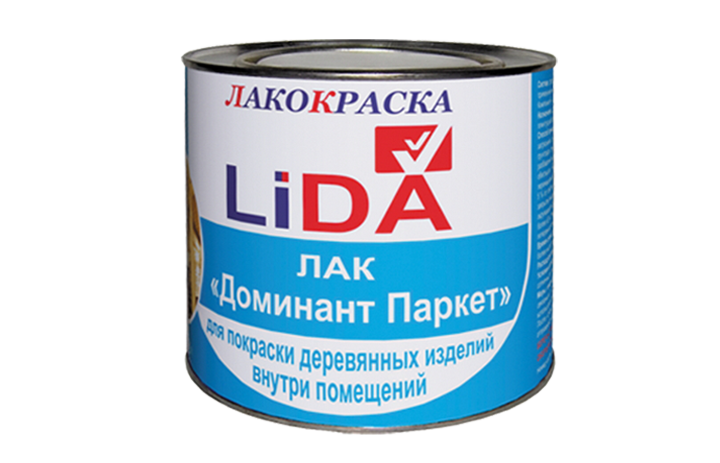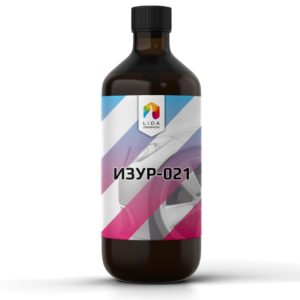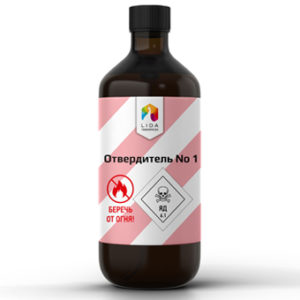Specifications:
| No | Name of the indicator | Requirements TNPA | |
| glossy | semi-matt | ||
| one | The appearance of varnish | Homogeneous solution without mechanical impurities | It is allowed to settle the matte. |
| 2 | The appearance of the coating | Smooth, with uniform gloss, without extraneous inclusions | Smooth, with uniform dullness, without foreign inclusions |
| 3 | According to the type of VZ – 246 with a nozzle diameter of 4 mm, at a temperature of (20 ± 0.5) ° C, s | 35 – 50 | |
| four | Mass fraction of nonvolatile substances,% | 30 ± 2 | |
| five | Gloss coverage on the device FB – 2,% | 50 – 59 | 20 – 36 |
| 6 | The TML (pendulum A), rel. units, not less | 0.35 | 0.30 |
| 7 | Drying time to degree 3 at a temperature of (20 ± 2) ° С, h, not more | one | |
| eight | Coating resistance to abrasion, kg / μm, not less | 0.35 | |
| 9 | The resistance of the coatings to the reagents, h: – distilled water – detergent |
66 | |
| ten | Shelf life after mixing the components at a temperature of (20 ± 2) ° C, h, not less | 24 | |
Advantages : Well emphasizes the natural texture of wood.
Surface preparation: 4-H (M40) or P-280/320 (320); must be carefully removed. The quality of grinding and lacquer coating. It is recommended to be primed with a Dominant Prime primer. It is allowed to use Dominant Parquet lacquer diluted with P-32 solvent for 10–12% of lacquer volume as a primer. Grind or grind the grained surface of the lacquer, polder or fine-grained 4-H (M40) or P280 / 320 Previously varnished surfaces to be sanded, to remove dust,
Coating: Mix components A and B (separately) immediately before use. Then to 9 mass parts of component A add 1 mass part of component B, mix and incubate for 15 to 20 minutes. When mixing, you must strictly comply with the specified proportions. To adjust the viscosity use solvent P-32 to 5% of the volume of varnish. It is forbidden to dilute the varnish with solvent 646 and the like, as this leads to a significant deterioration in the quality of the coating. If necessary, before applying the lacquer filter through a nylon mesh.
The shelf life of the paint is 24 hours in a closed container at a temperature of (20 ± 2) ° C.
It is not less than 15 ° C, the relative humidity is not 65%. Wood moisture should not exceed 12%. During operation, it’s necessary to ensure constant ventilation (avoid drafts!), Avoid direct sunlight on the surface. Interlayer sanding to produce, if necessary. Drying time before grinding 4 hours. Apply at a rate of 100 – 120 g / m² per layer. Beginning from the edge of the wood, then in the direction of the wood.Drying between coats – 3-4 hours at a temperature of (20 ± 2) ° C and relative humidity of air (65 ± 5)%, but not more than 24 until the subsequent application of varnish. If more than 24 hours have passed, grind the entire surface. The drying time can be increased. Nish. It is possible to put it on. It is recommended to install protective layers on movable furniture.
Of The Varnish A consumption on a single-of layer coating is: the when an applied with a brush – 100 – 120 g / m² and may vary depending on the absorbency and roughness of the substrate, the skill of the master, the thickness of the coating and other factors .
Precautionary measures: When carrying out the termination of the room. Rubber gloves to protect your hands.
Transportation: according to GOST 9980.5 and STB 11.4.01.










